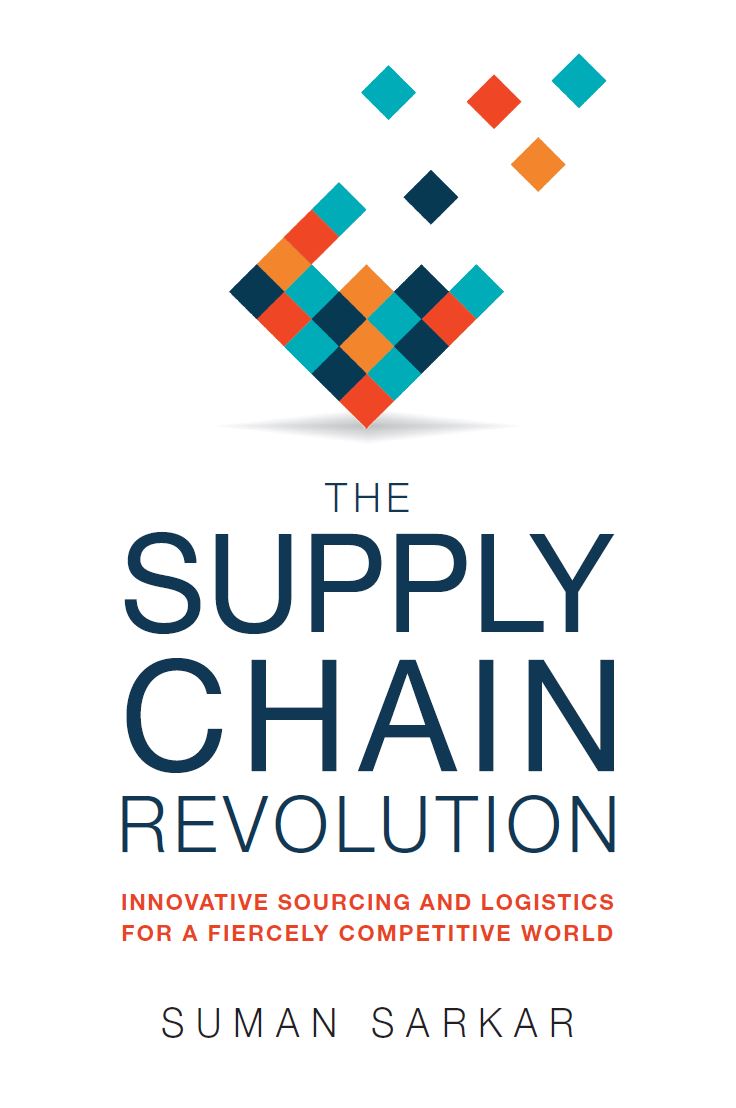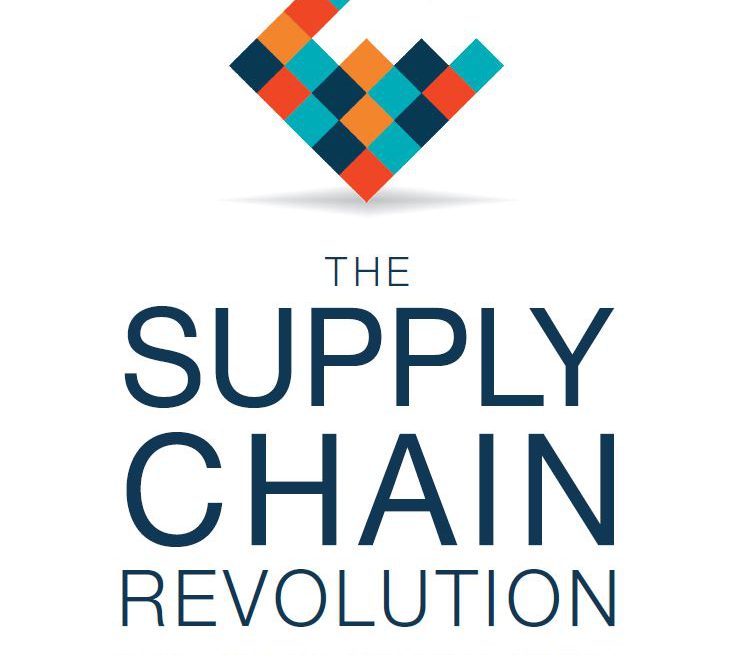MRM Talking With: Suman Sarkar, Author of “The Supply Chain Revolution”
3 Min Read By MRM Staff
In the introduction for “The Supply Chain Revolution: Innovative Sourcing and Logistics for a Fiercely Competitive World,” Suman Sarkar says CEOs hardly ever think about supply chain issues because they have about the same amount of sex appeal as broccoli. However, he argues that visionary leaders need to embrace foundational issues such as supply chain and sourcing in order to move a company forward.
Restaurants are mini manufacturing companies with all complexities and challenges involved in running the business.
Especially where restaurants are concerned, capitalizing on supply chain strengths is a major advantage over the competition. Sarkar is also founder and CEO of Three S Consulting. With more than 20 years of international consulting experience, he has worked across multiple industries, including financial services, wireless, pharmaceutical, technology, consumer goods, retail and the defense logistics agency.
In “The Supply Chain Revolution …” Sarkar says a service model driven by smart supply chain management is the secret weapon for businesses that want to succeed in a continually evolving restaurant industry. Using Starbucks and other food service businesses as case studies for success, Sarkar lays out practical solutions to common challenges faced by companies large and small.
In this edition of MRM Talking With, Sarkar discusses restaurant industry disruption and supply chain complexities for restaurants.
Is there a risk of disruption in the restaurant industry?
Yes, the risk of disruption to the restaurant industry is real. The industry is struggling to get back on its feet after 2008 recession. Consumer food habits have changed. There is a desire for more healthy and fresh food. Fast casual dining is becoming popular, and even fine dining is changing.

The changes provide an opportunity for new entrants to disrupt the industry. Take for example Amazon’s entry in the food space. They are already experimenting with Amazon Go, brick and mortar store, which caters to fast casual dining. They have acquired Whole Foods which gives them a handle on grocery supply chain. They are focusing on home delivery with Amazon Meal Kits. This may just be a beginning before we see significant disruptions.
Why is supply chain relevant to restaurant industry?
Restaurants are mini manufacturing companies with all complexities and challenges involved in running the business. The supply chain is core to the restaurant business. The raw materials have to be procured, it has to be converted to finished products and then served to customers. The challenges with managing freshness of food, diversity of consumer preference, customer service, overhead and labor management are all there.
If you look carefully, you will find that supply chain play a critical role in successful restaurants and food companies. Starbucks ability to get unique coffee blends around the world gives it an edge over its competitors. The supply chain enables Chick-fil-A’s ability to provide antibiotic free chicken and faster service. There are many more examples.
The supply chain can help restaurant owners get unique ingredients and dishes that attract customers. Ability to serve faster and with excellence can win repeat and new customers. Providing a unique dining experience and ability to manage costs (overhead and labor) can make the business profitable. All these areas can be helped by the supply chain.
How can supply chain help restaurant drive more revenue?
Three ways supply chain can drive revenue for restaurants.
- Improving customer loyalty by developing service models that are difficult for competitors to match. Think of it as Chick-Fil-A’s quick turnaround of orders – 60 sec at the counter and 90 sec for a drive.
- Restaurants struggle to meet demand when they get a winning menu or idea. The supply chain can increase revenue from new ideas by quickly taking innovation to market and then meet growing customer demand.
- Alliances play an important role in the restaurant and food industry. Think of this as a partnership between Starbucks and other retailers which allowed Starbucks to open mini stores at different retailer locations. Supply chain can improve alliance success by developing a win-win deal and then have an effective day-to-day relationship management program
How can supply chain manage costs?
A restaurant is a hard business and the owners have to grapple with overhead, labor costs and operating expenses to remain profitable all the time.
- Overhead Costs: Sourcing can reduce overhead cost by being smart about negotiating real estate contracts and then creating unique dining environment at reasonable costs. Without proper management of overhead expenses, restaurants can get in financial trouble during lean months.
- Labor Costs: A key component of managing labor cost is to improve utilization. Sourcing can help restaurants track labor utilization, and balance workload to reduce labor
- Other Operating Expenses: Food, energy, and other expenses impact restaurant profitability. Sourcing organization can negotiate preferential deals with suppliers that could reduce operating costs.
What changes are required from the restaurant industry?
Most restaurant owners are focused on running day-to-day business and don’t have time to analyze ways to improve their business. The same goes for larger establishments as well. However, investing time and money to make operations efficient pay off quickly. Understanding supply chain and sourcing aspects of their business will help restaurants provide better customer service, deliver better menu, improve profitability, and overall success of their business.

